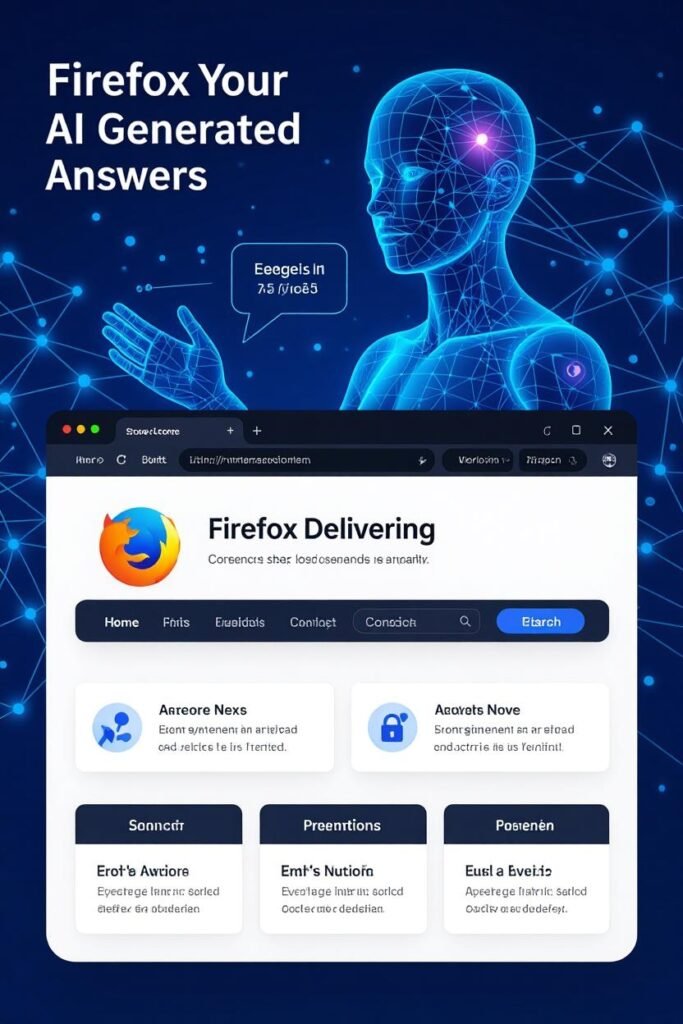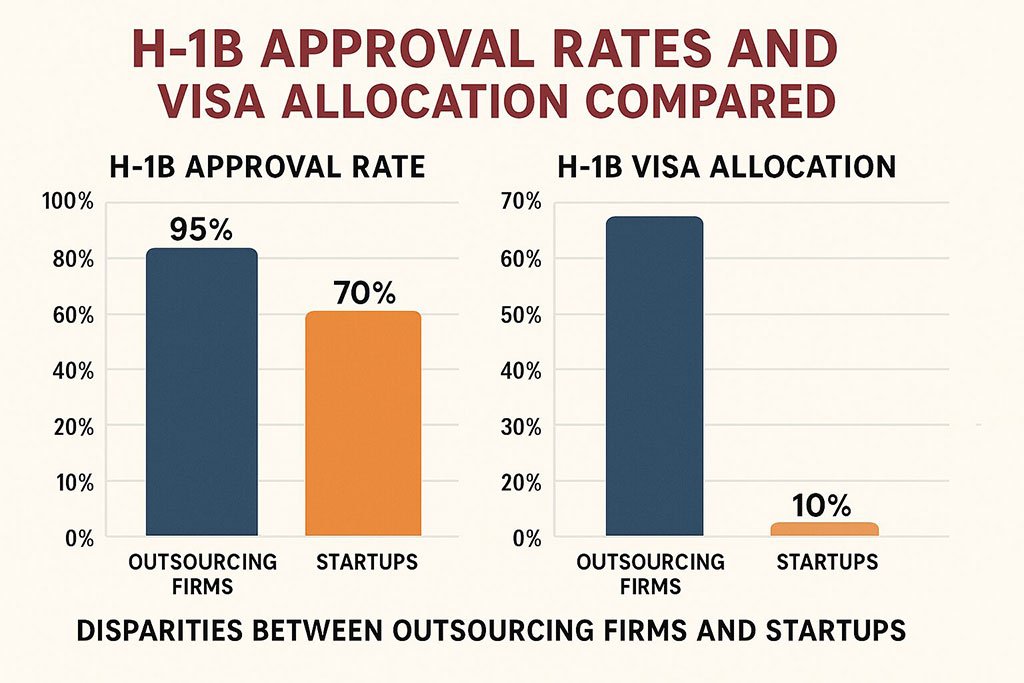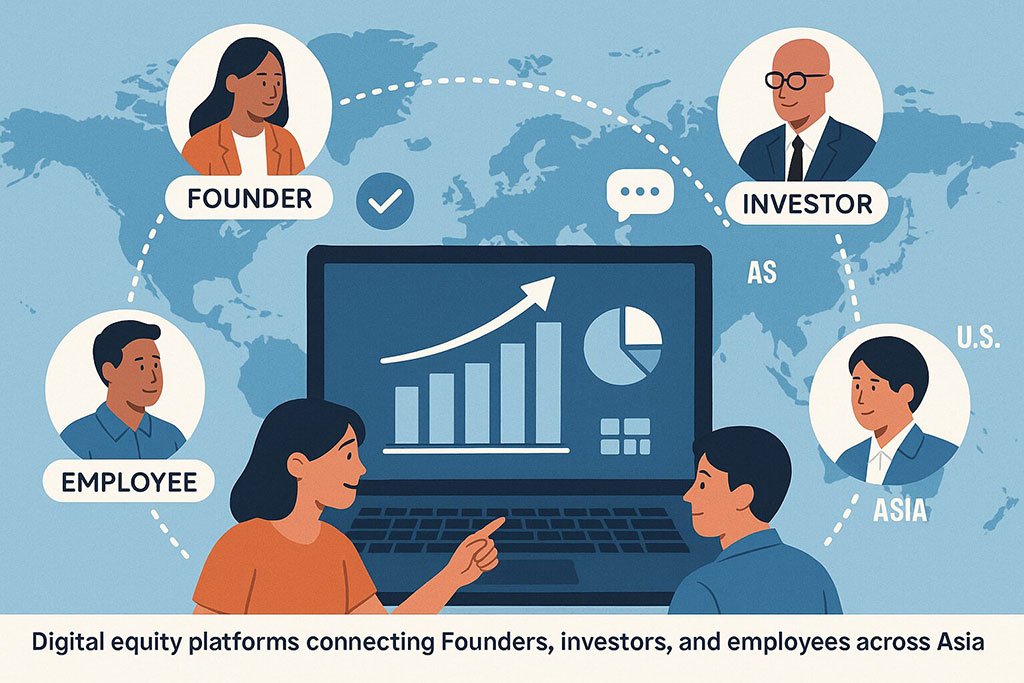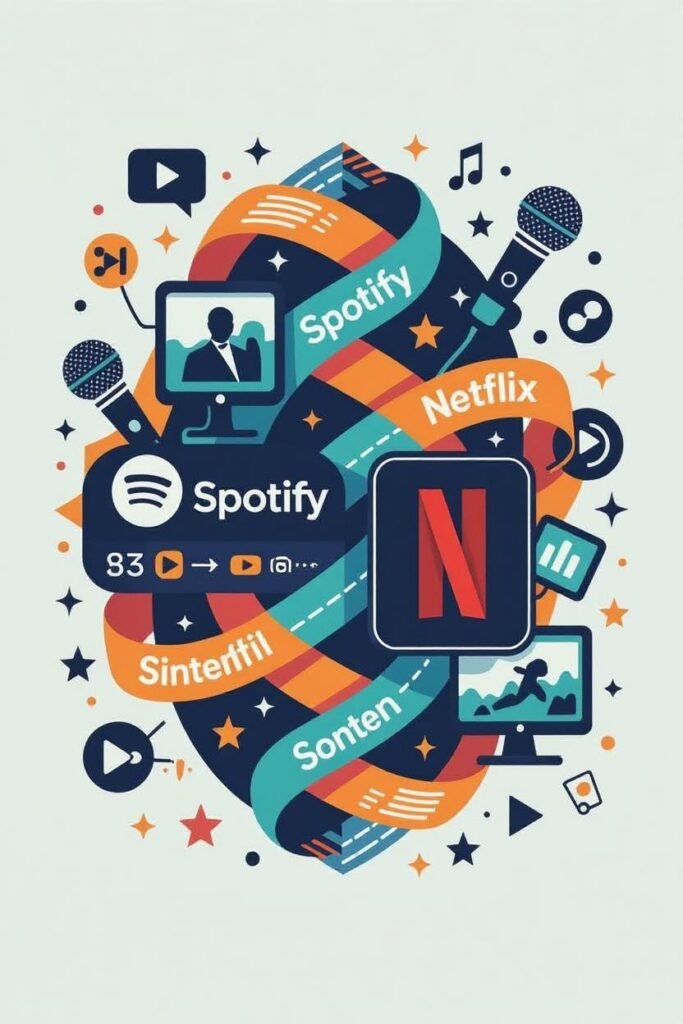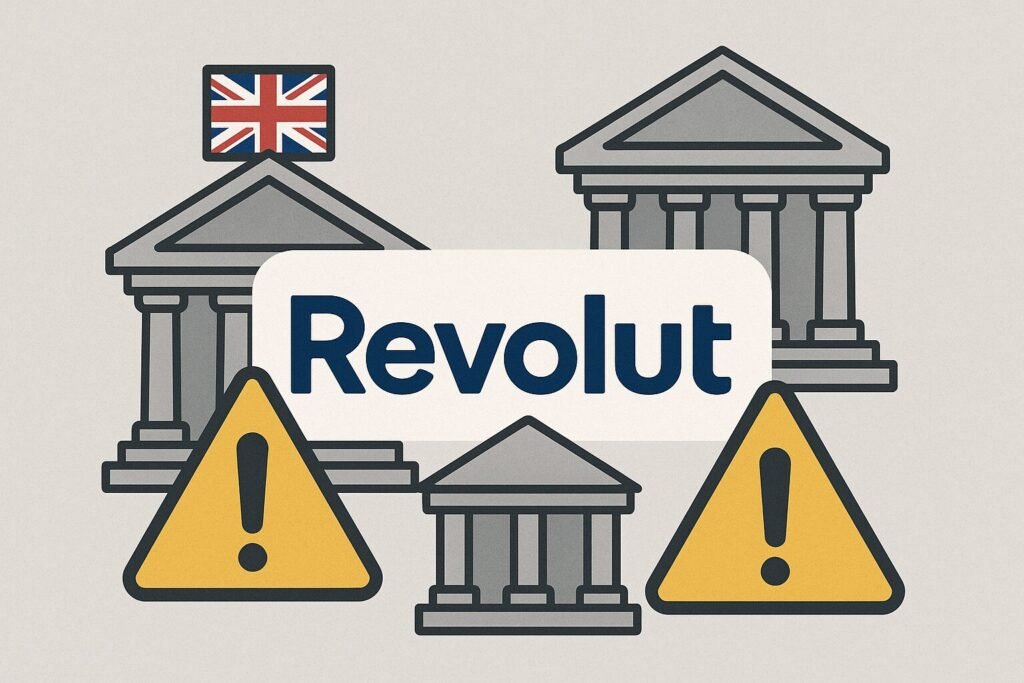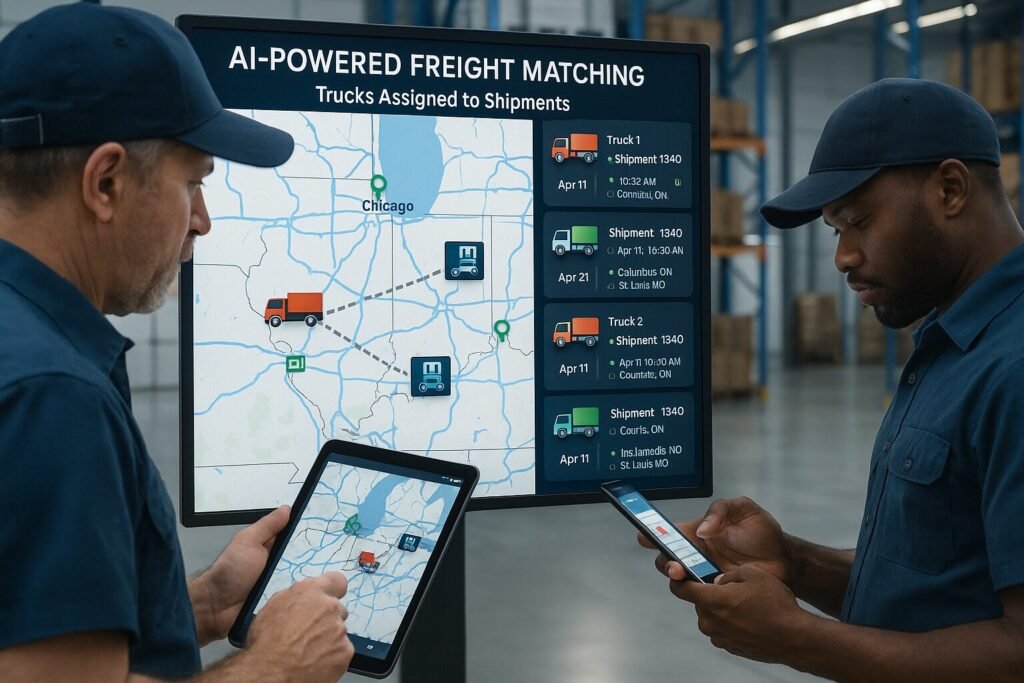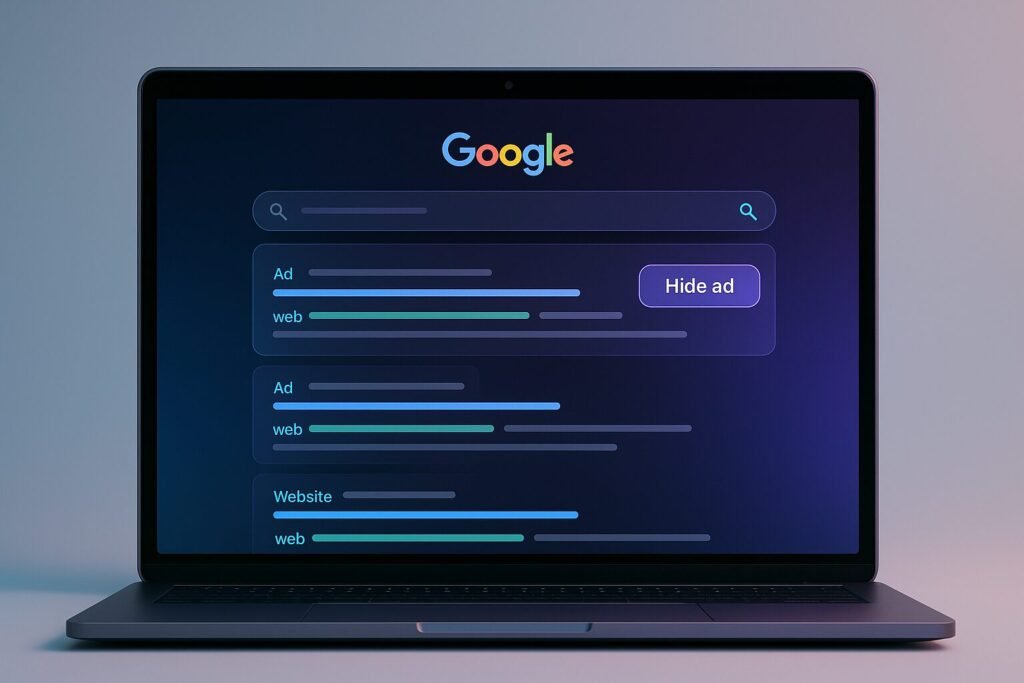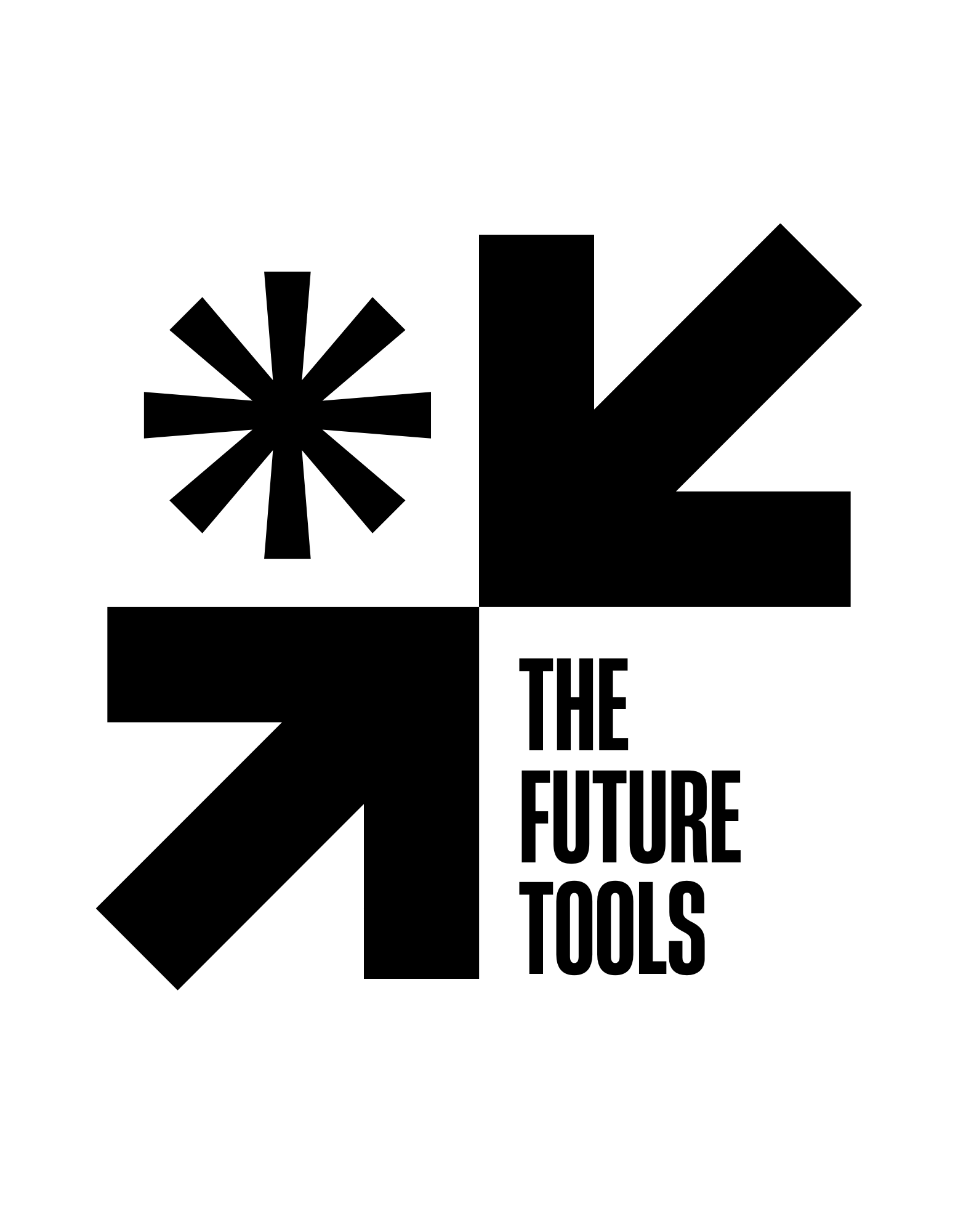Now Reading: OpenAI Expands Affordable ChatGPT Go Plan Across 16 Asian Markets
-
01
OpenAI Expands Affordable ChatGPT Go Plan Across 16 Asian Markets
OpenAI Expands Affordable ChatGPT Go Plan Across 16 Asian Markets
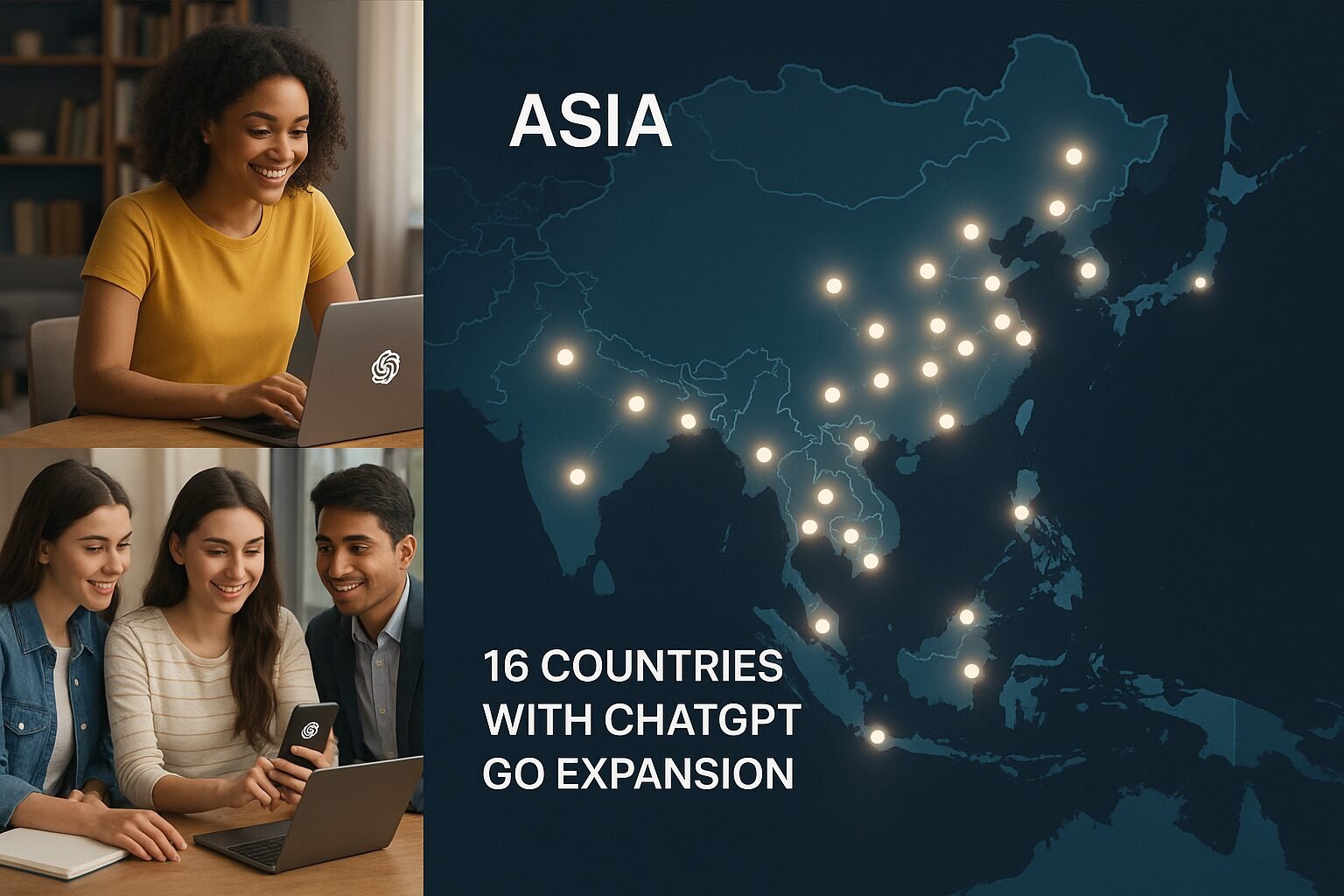
OpenAI is extending its reach deeper into Asia with the rollout of its ChatGPT Go plan—an affordable version of its powerful conversational AI model—across 16 new countries. The move signals the company’s broader ambition to make artificial intelligence more accessible to individuals, creators, and small businesses worldwide.
In a region defined by digital growth and diverse linguistic landscapes, this expansion represents more than market penetration—it’s a step toward democratizing AI access. By offering a low-cost plan, OpenAI is inviting millions of new users into the generative AI ecosystem, bridging the gap between innovation and affordability.
Why Asia Matters
The World’s Fastest-Growing AI Frontier
Asia has emerged as one of the most dynamic hubs for AI adoption. From India’s booming developer ecosystem to Southeast Asia’s entrepreneurial surge, demand for intelligent tools has skyrocketed. According to a 2024 IDC report, the region’s AI market is projected to exceed $80 billion by 2027, fueled by small and mid-sized enterprises exploring automation and digital transformation.
OpenAI’s decision to extend the ChatGPT Go plan—which offers core GPT capabilities at a lower cost—fits perfectly into this narrative. It caters to users who seek practical AI solutions for content creation, communication, coding assistance, and customer engagement, but who may find premium AI subscriptions cost-prohibitive.
What is ChatGPT Go?
The ChatGPT Go plan is OpenAI’s budget-friendly tier, designed to make conversational AI accessible to a wider audience. It includes key features of ChatGPT—such as real-time responses, creative writing, and task automation—at a fraction of the price of premium plans like ChatGPT Plus.
Core Benefits of ChatGPT Go:
-
Affordability: Lower subscription cost, designed for accessibility in emerging economies.
-
Speed & Reliability: Consistent response times powered by OpenAI’s infrastructure.
-
Multilingual Support: Enhanced performance in major Asian languages including Hindi, Japanese, Korean, Thai, and Bahasa Indonesia.
-
Cross-Device Access: Availability across web, mobile, and API integrations.
By lowering the economic barrier, OpenAI is opening doors for students, freelancers, startups, and local innovatorswho previously couldn’t afford access to AI-driven tools.
Regions Included in the Expansion
While OpenAI hasn’t disclosed all 16 markets individually, the rollout covers key growth regions such as:
-
India
-
Indonesia
-
Thailand
-
Vietnam
-
Malaysia
-
Philippines
-
Japan
-
South Korea
-
Singapore
-
Bangladesh
-
Nepal
-
Pakistan
-
Sri Lanka
-
Hong Kong
-
Taiwan
-
Cambodia
This expansion reflects OpenAI’s continued localization efforts—adapting pricing, language capabilities, and support resources to match regional needs.
The Significance of Affordable AI
Empowering Emerging Economies
Asia’s diversity includes both advanced tech nations and developing markets. The ChatGPT Go plan can play a transformative role in education, entrepreneurship, and digital skills development.
For instance:
-
Students and educators can leverage it for research and learning assistance.
-
Small business owners can automate marketing, communication, and customer support.
-
Freelancers and content creators can use AI to scale creative output affordably.
By extending these capabilities at a lower cost, OpenAI aligns with a global vision where AI becomes a tool for empowerment, not exclusion.
Challenges and Opportunities Ahead
While accessibility is improving, OpenAI’s Asian expansion also faces hurdles:
-
Connectivity Gaps: Not all markets have reliable internet infrastructure.
-
Data Localization & Regulation: Varying national laws may impact AI deployment.
-
Language Nuance: True localization demands not just translation, but contextual understanding across dialects.
Still, these challenges present growth opportunities. OpenAI’s continuous improvements in multilingual models and compliance frameworks can help set new benchmarks for ethical AI deployment across the region.
OpenAI’s Broader Strategy
This expansion is part of OpenAI’s larger plan to decentralize AI access globally. After establishing strong bases in North America and Europe, the company is strategically targeting Asia’s digital middle class—a demographic of over 1.2 billion potential users.
The ChatGPT Go plan could also strengthen OpenAI’s competitive positioning against regional players such as Baidu’s Ernie Bot, Anthropic’s Claude, and Google’s Gemini, all of which are vying for user adoption in Asia’s fast-evolving AI ecosystem.
Making AI Everyday-Ready
More than a technological milestone, this expansion represents a human milestone—bringing everyday access to intelligent assistance.
Imagine a student in Jakarta drafting a thesis outline in Bahasa Indonesia, a shop owner in Manila using AI to write marketing posts, or a developer in Bengaluru testing code snippets within ChatGPT. These are real-world scenarios where accessibility becomes empowerment.
OpenAI’s move reflects a shift from AI exclusivity to AI inclusivity—a vision where affordability and ethics coexist in technological progress.
Accessibility as the Future of AI Adoption
OpenAI’s expansion of the ChatGPT Go plan into 16 Asian markets is more than a pricing update—it’s a statement of intent. By prioritizing affordability, localization, and linguistic inclusivity, OpenAI is cultivating an ecosystem where AI belongs to everyone, not just the privileged few.
As digital economies rise, initiatives like ChatGPT Go could define the next wave of global AI adoption—driven by diversity, creativity, and accessibility.
In Asia’s story of growth, this chapter belongs to inclusion.
FAQs
-
What is OpenAI’s ChatGPT Go plan?
It’s an affordable subscription tier providing access to ChatGPT’s key features at a lower cost. -
Which countries are included in the new expansion?
Sixteen Asian markets, including India, Japan, Indonesia, and more. -
How does ChatGPT Go differ from ChatGPT Plus?
ChatGPT Go offers essential features at reduced pricing, ideal for users seeking value and accessibility. -
When will the plan be available in these regions?
The rollout is ongoing, with full access expected by the end of the quarter. -
Will ChatGPT Go support local languages?
Yes, OpenAI is expanding multilingual capabilities for major Asian languages. -
How does this affect AI accessibility globally?
It democratizes access to AI, allowing more users to benefit from generative tools. -
Are there any usage limits on the Go plan?
The plan includes fair-use limits optimized for personal and small-scale professional use. -
How can businesses leverage the Go plan?
Small teams can use ChatGPT Go for content creation, support, and workflow automation at minimal cost. -
Is OpenAI planning further expansion?
Yes, OpenAI aims to extend affordable plans to Africa, Latin America, and Eastern Europe next. -
Why is Asia a focus for OpenAI?
The region’s digital growth, linguistic diversity, and massive user base make it a natural next step.
Join the AI Access Revolution
The future of AI isn’t exclusive — it’s inclusive.
Subscribe to our newsletter for the latest updates on OpenAI, accessibility breakthroughs, and how affordable technology is transforming the world.
Get:
-
Global AI trend insights
-
Startup and innovation news
-
Expert commentary and actionable tips
Subscribe Now – Be part of the movement making AI accessible to all.
Disclaimer:
All logos, trademarks, and brand names referenced herein remain the property of their respective owners. Content is provided for editorial and informational purposes only. Any AI-generated images or visualizations are illustrative and do not represent official assets or associated brands. Readers should verify details with official sources before making business or investment decisions.




